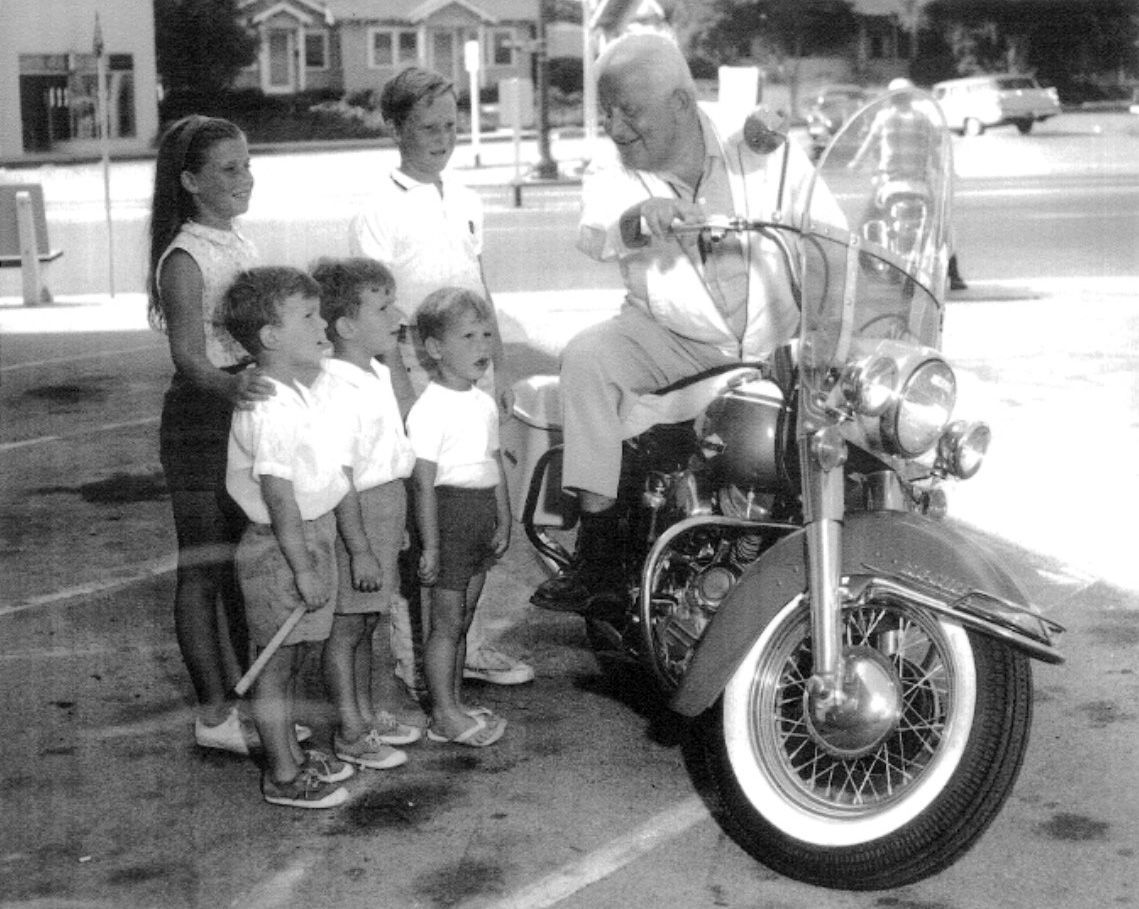Prominent attorney Robert Daru was a winter visitor whose family made its mark on Tucson.
He was born in 1901 in New York City and would graduate from Erasmus Hall High School in 1919. For a few of his teenage years, he worked as a film actor in the studios at Fort Lee, N.J., the birthplace of the American film industry. He appeared in the silent films The Little Miss Brown and Over Night, as well as others.
He received his master’s of law in 1923 from the Brooklyn Law School, which at the time was part of St. Lawrence University.
Around the mid-1920s, Daru met his future wife, Belle Warshaw, and in time they would have three children: Marjorie in 1928, Eleanor in 1930 and Steven in 1936.
In 1926, Daru was serving as an assistant district attorney in the New York County (Manhattan) District Attorney’s Office. He worked the graveyard shift, a name that not only came from working at night, but as he would explain years later, also from the “homicide investigations we had to make in Hell’s Kitchen almost every night.”
In 1933, at the age of 32, he became the youngest man ever to serve as special counsel to the U.S. Senate Rackets Committee. During his term, he advised senators on extending the scope of federal law. This advice may have included ways to make the Federal Kidnapping Act (the Lindbergh act) more effective.
Also that year, Daru first visited Tucson when a train to California he was on made a stop here. He decided he would spend part of his winters here.
In 1937, Daru was elected president, then later chairman, of the present-day New York Criminal and Civil Courts Bar Association and would go on to serve for many years as the president/chairman of this association.
In this role, eight years later, Daru conducted a probe into the wrongful conviction of Bertram M. Campbell, who had spent time in prison for a forgery he did not commit. The real perpetrator, Alexander Thiel, eventually confessed to the crime and was sent to prison, and Campbell was awarded financial compensation.
The Brooklyn Daily Eagle newspaper, utilizing Daru’s report of the case, said it was “A system of ‘unofficial, irresponsible and reckless investigation carried on secretly’ (that) was the cause of Bertram M. Campbell’s conviction for another’s crime.”
In the mid to late 1940s, Daru’s family began joining him in Tucson for winter stays, with Eleanor attending Tucson High School and Steven attending Sam Hughes School.
Eldest daughter Marjorie was at the time attending Syracuse University, where she met her future husband, Norman Fenton. He would later go on to become a Pima County Superior Court judge and founder of the Courts Are Us youth program here.
In 1949, Daru’s son Steven fell ill for the second time, having recovered earlier from a severe illness that began in 1947. Daru was able to get four or five of the New York Yankees players, including Joe DiMaggio and Phil Rizzuto, to come visit his son in a hospital in New York.
They all signed a baseball for him, and it is now in the possession of his nephew and namesake Steve Fenton.
Steven died in early 1951, at the age of 14. Several years later, Daru and his wife donated the land for Tucson’s first Boys Club and as a result, the Steve Daru Clubhouse of the Boys and Girls Club of Tucson, near El Rio Golf Course, exists today.
In 1956, Daru’s daughter Eleanor wed Si Schorr, an attorney, in New York City and the couple soon relocated to the Old Pueblo.
A couple years later, Daru’s sons-in-law Schorr and Fenton developed two subdivisions west of Silverbell Road, having purchased land from him.
Fenton developed the Ironwood Hills subdivision and came up with a western theme to his street names such as Old Ranch Road, Wagon Wheels Drive, Saddle Hills Drive, Golden Hills Road, Rainbow Ridge Road and Old Pueblo Drive.
Schorr developed the Painted Hills Estates, a couple of miles west of Silverbell Road, bordering West Speedway. He came up with the name Painted Hills while looking around at the nearby Tucson Mountains and the Santa Catalina Mountains and seeing the different colors he perceived in them. He named the street Painted Hills Road, like the subdivision, for these two mountain ranges, and Sandalwood Drive, Indigo Drive and Blue Ridge Road for specific colors he saw “painted” on them. He also shared that the mountains reminded him of the Blue Ridge Mountains back East.
Beginning in the mid-1960s, Daru began a fight in earnest for better train service, his favorite mode of transportation, when the Southern Pacific Railroad wanted to consolidate its route from Chicago to Tucson with a mail train. He took his protests to the Tucson City Council, Pima County Board of Supervisors and lastly to the Interstate Commerce Commission in Washington, D.C., although it’s difficult to measure the effect he had on improving the situation.
He died in 1967, in New York City.
Note: It was Norman Fenton who asked for the street name Dolomite Drive, in the Rancho Agua Dulce subdivision off Sweetwater Drive, to be renamed to Robert Daru Drive.






